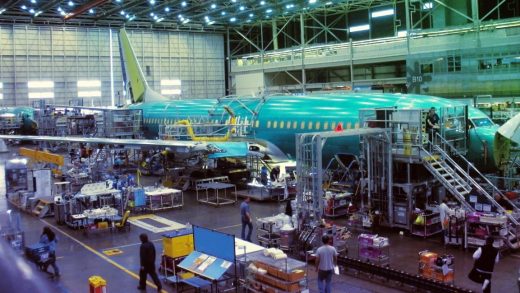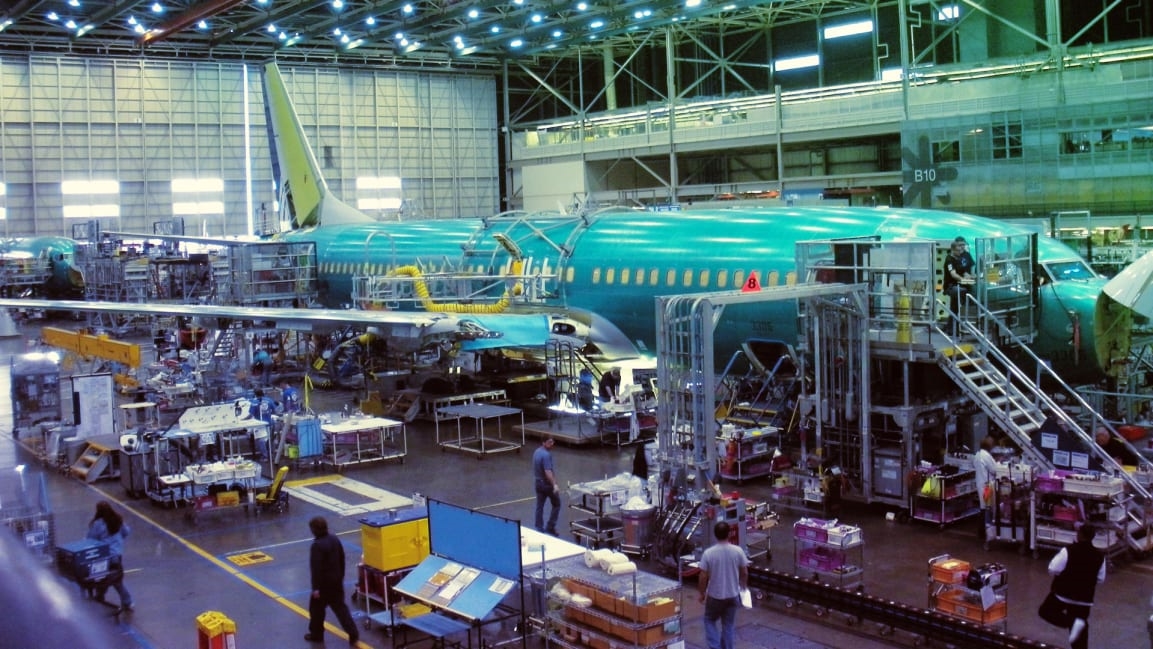Embattled Boeing plans to replace human inspectors with technology
Facing a huge backlash over its 737 Max 8 airplane, Boeing has just ignited another controversy.
The embattled manufacturer is pushing ahead with plans to reassign 900 human inspectors and replace them with “technology improvements” at its Seattle manufacturing plants, USA Today reports. While Boeing has yet to release official numbers, according to USA Today, 451 inspectors will be transferred to other jobs this year, followed by a similar number next year, replaced by automation and technological improvements.
These changes are in line with the modernization moves made by other factories, but the timing of the decision is raising some eyebrows. Boeing, of course, is still under fire for its handling of a software flaw that led to two airline crashes and hundreds of deaths.
On Sunday, Boeing released a statement offering new details about the flawed design of the 737 Max 8. The company said its engineers realized that a key warning light for what should have been a standard safety feature only worked on planes whose customers had bought an optional, premium feature. The company seems to not have realized this until it was far too late, which as the New York Times notes, adds to the growing pile of concerns regarding Boeing’s management of the Max’s design and its rollout to customers. Last month, the New York Times reported that the building of the 787 jetliner was plagued by shoddy work and weak oversight at Boeing’s plant in South Carolina.
Now comes the news that the company will do away with the same humans who some people feel could help prevent future incidents. The union representing the workers has called this change a “bad decision” that will “eliminate the second set of eyes on thousands of work packages” in its newsletter to members, per USA Today.
In a lengthy statement, Boeing denied there was any safety risk associated with the change:
Boeing has strict methods which ensure our final products comply with design and regulatory requirements. We are strengthening our approach to quality and putting resources in place to bolster our focus on preventing defects throughout our production system.
A small fraction of our evolution includes streamlining secondary inspections for processes which are proven to be stable. At the same time we are improving upon the traditional inspection approach with new process controls, new technologies and improved designs that make our work less susceptible to errors. Mechanics performing the actual job will always verify and ensure the work meets certification standards.
We constantly monitor our work to ensure the highest levels of quality. As we have streamlined secondary inspections in stable processes, we have also added inspections in other areas to meet evolving needs. We will always keep redundant inspections in critical safety operations.
(34)



